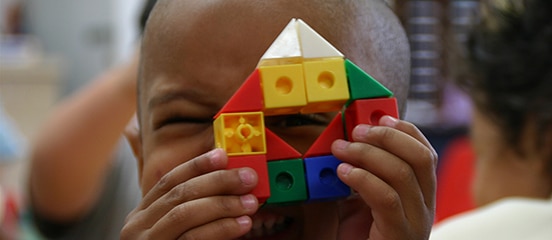As we are all witnessing there is a lack in students graduating in the science, technology, engineering, and mathematics fields. We understand that STEM needs to be implemented in the classroom. The question is how early can we start teaching these subjects too our own children. If we decide to teach them prior to organised schooling, then how should we go about doing it? The answer is we should be influencing our kids to “think STEM” from the day they are born. Sounds crazy right? Here’s why it’s never too early to start STEM education…
The greater the amount of experiences children can connect with STEM subjects the better. This allows your children to see traits of STEM in different settings and interpret them in their own way. Studies have shown that in order for the learner to learn best they must be placed in the middle of the area being learned. A lot of “learn” but that’s good! Maybe cross-contextual learning is a better term.
As a parent or a younger level teacher you can start by letting kids simply play with leaves and rocks. Count with them and point out traits different objects. Some jump off areas include: making predictions and comparisons, planting ideas, identifying traits, talking shapes and sizes. Children absorb a great amount of knowledge during the ages of one, two, and three. Try whenever possible to steer away from instruction and go more towards letting the kids investigate on their own and sparking curiosity.
Keep in mind we are trying to teach a five month old that 2+2=4. However, having a five month old build curiosity about the texture of grass is a way to build a STEM foundation. Something interesting to think about is that asking “why” questions implies there has to be a correct answer to the question. Try using “what”.
Walk away with this… Interaction is the best practice, start early! If you have question on how to implement STEM education in your child’s mind, let us know. Download our free e-book for an introduction to STEM education.



